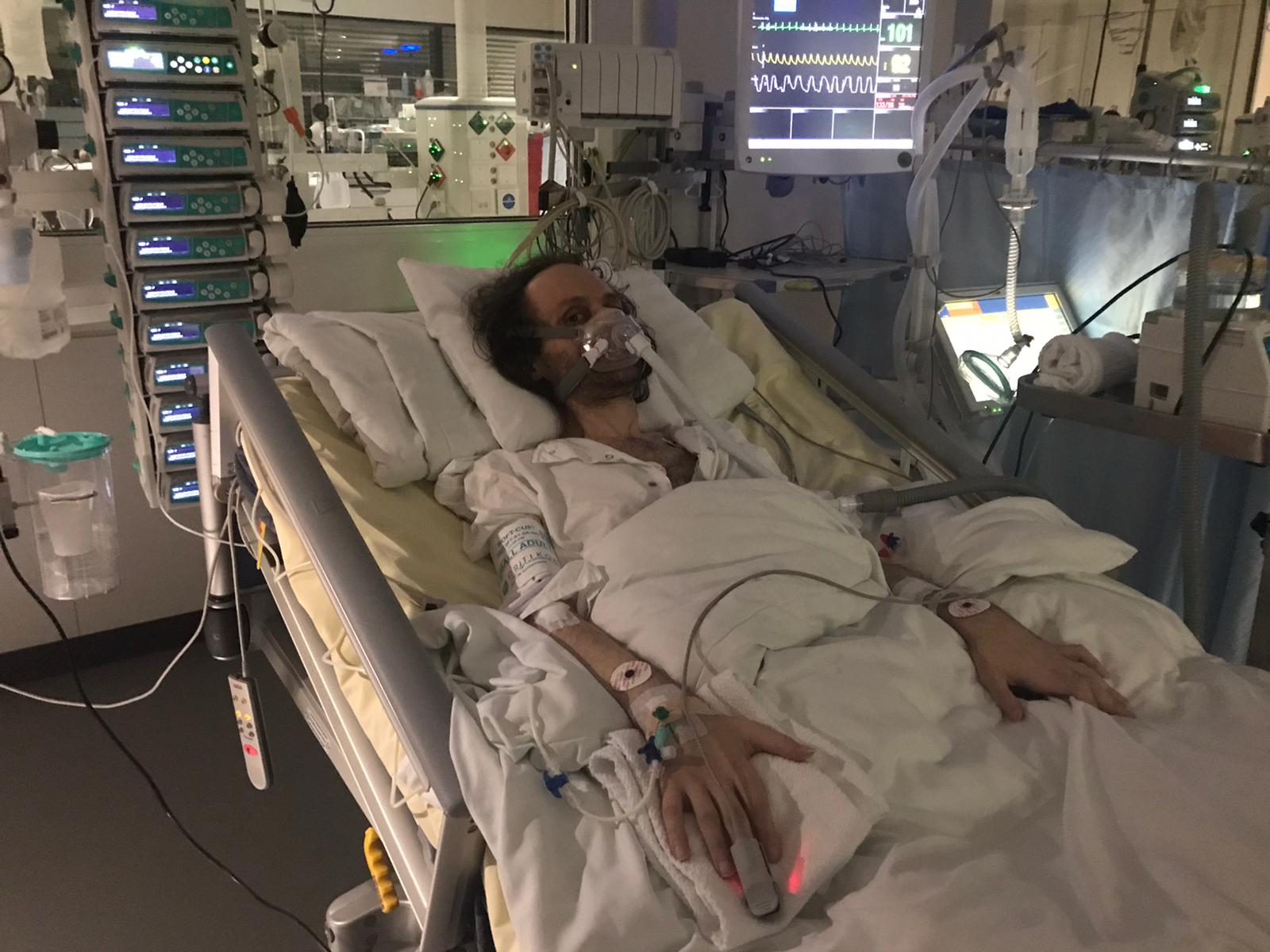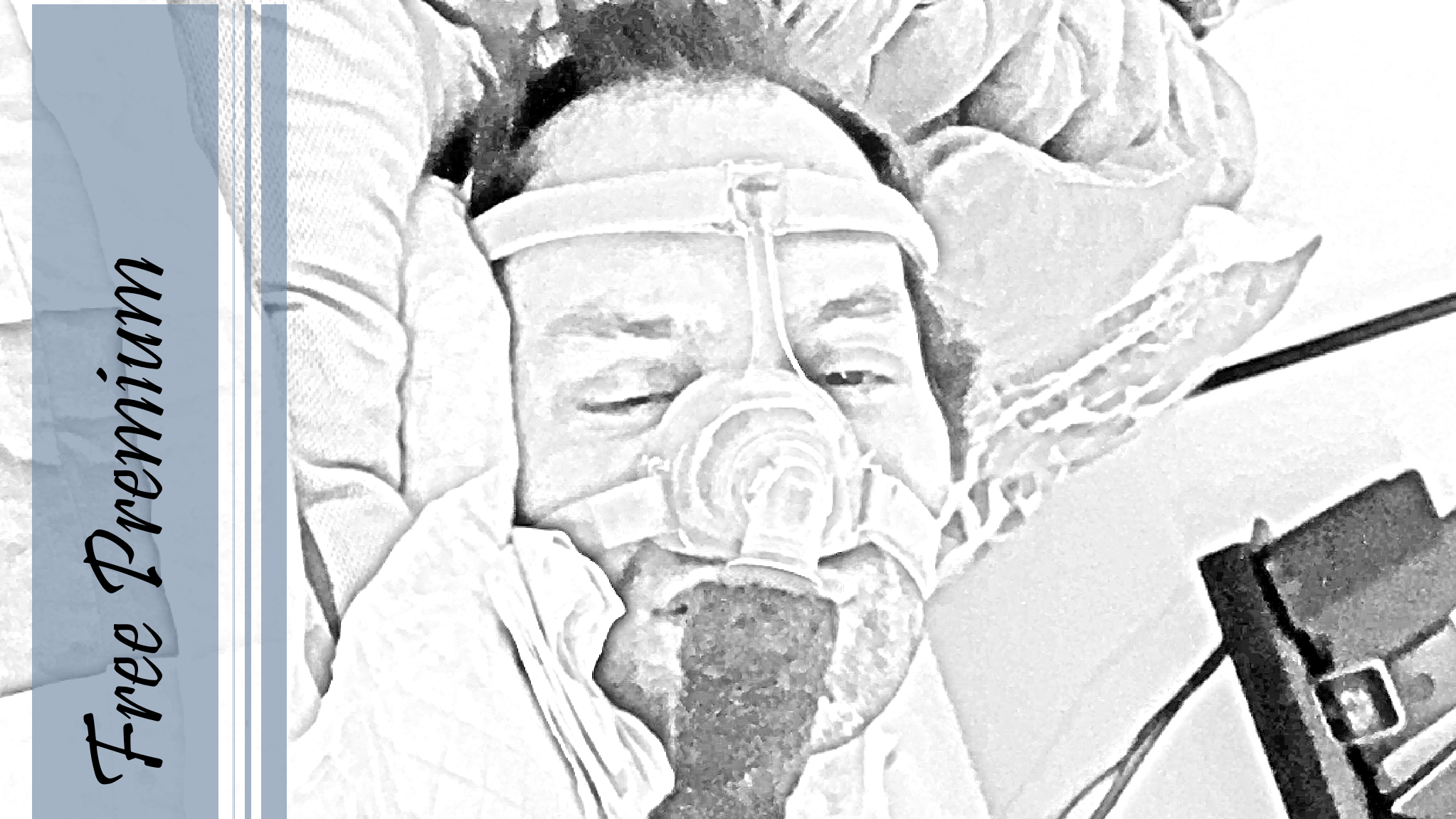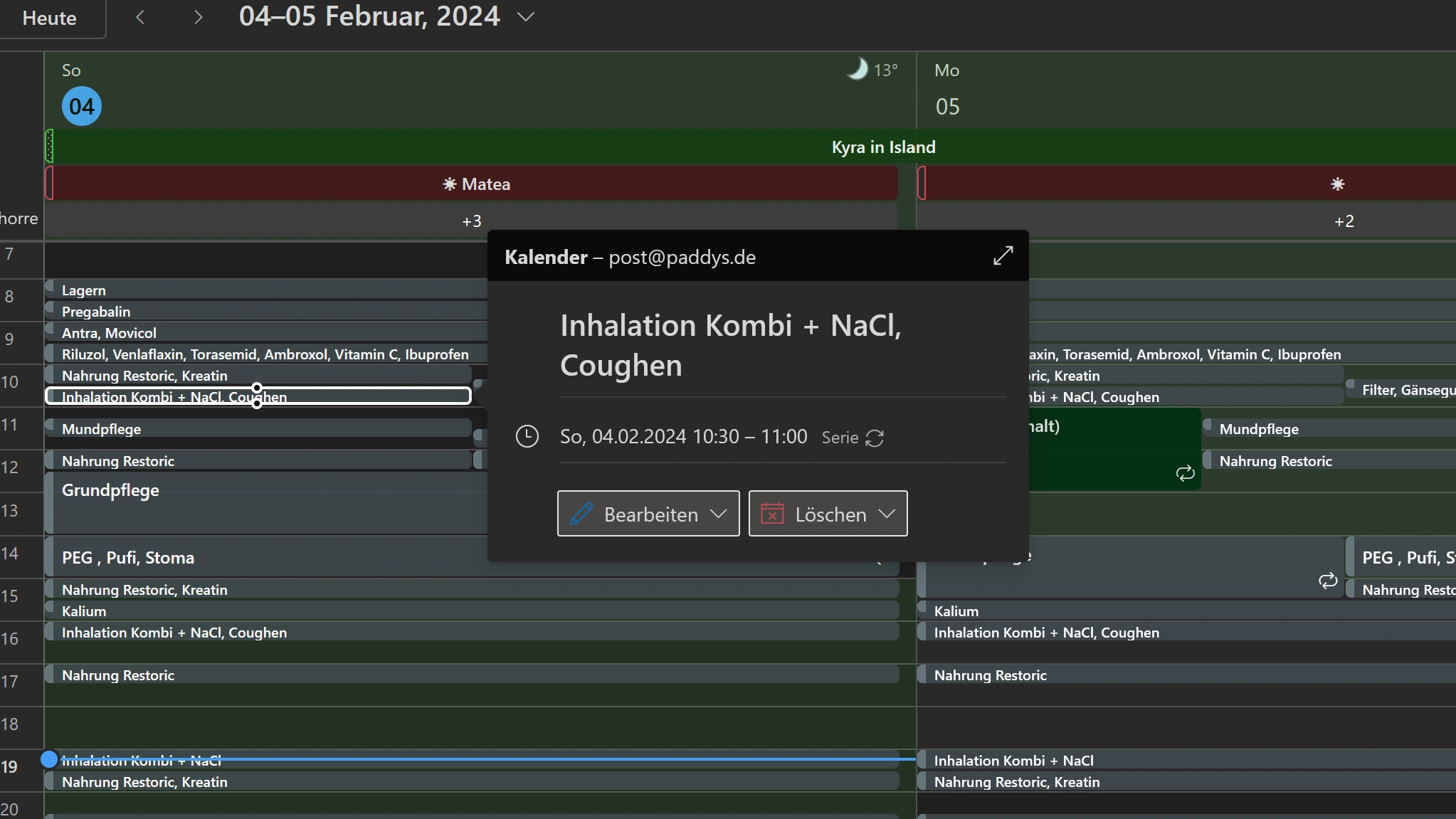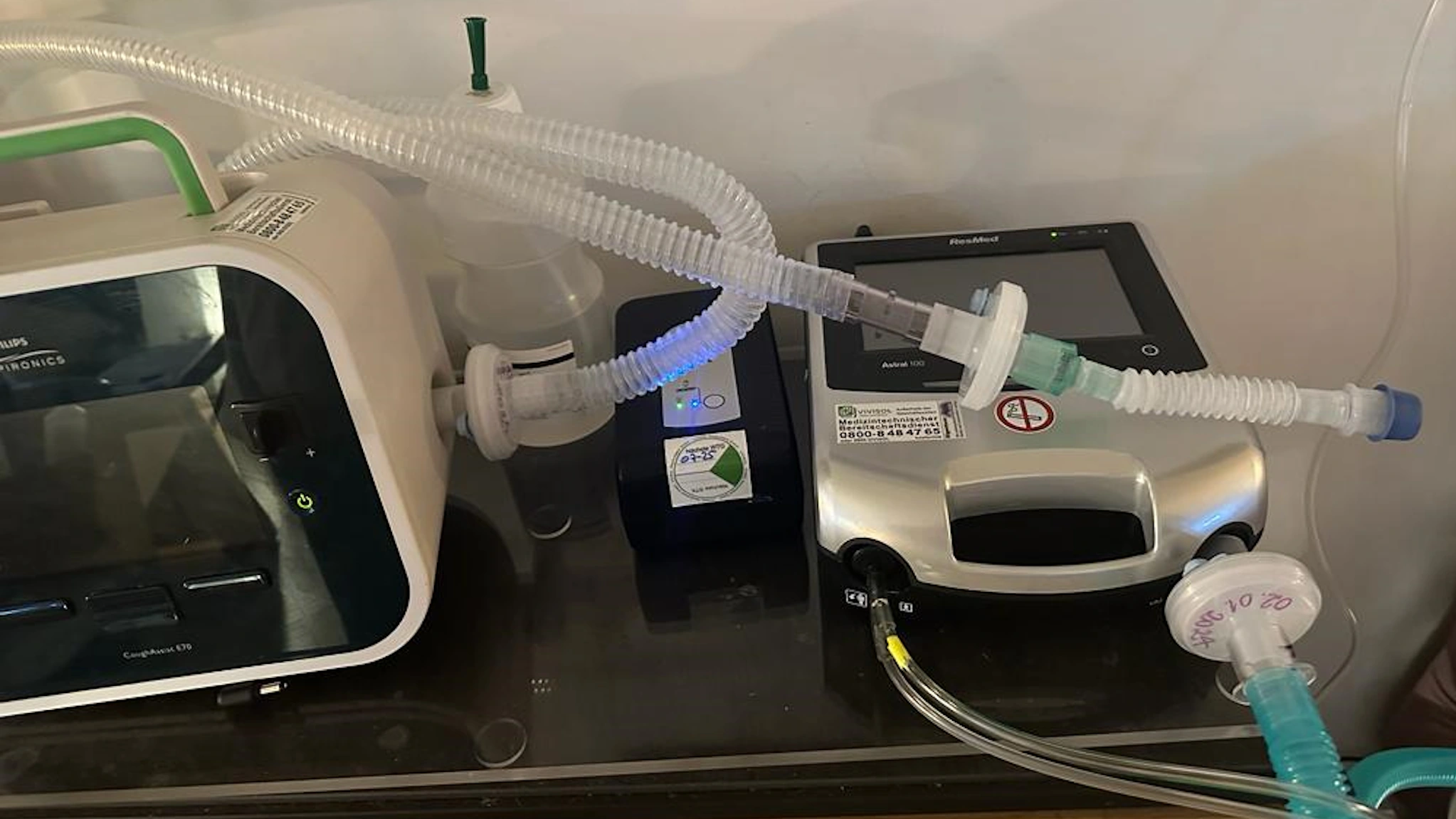Yes, I know that there is something like that in every care service somewhere in the file. Theoretically. Maybe even practically. But even then, such plans remain pure theory. They don't work in practice.
I have experienced things that you can't imagine. A nurse (who doesn't speak German, English, French or Spanish) seriously called the ambulance once because my oxygen saturation dropped below 85 and in her own panic she neither looked at her own nurse's ridiculous plan nor understood what I was trying to tell her. The emergency doctor was on the scene within minutes. The astonishment is written all over his face. What was the reason for not giving oxygen in such a case, when my oxygen concentrator is next to the bed? Because the nurse doesn't understand me is the only answer I can give. By the time the collected team from the ambulance arrives, all is well again with 2 litres of O2 and I can do no more than offer everyone a fresh coffee or iced Red Bull. So much for what I think of the usual emergency plans. Nothing.
Mine is - who is surprised? - different.
I am a fan of simple yes/no questions. And let's be honest, what kind of emergency can there be for me in which I can no longer communicate by eye control, except for just the one and at the same time unfortunately worst emergency that I know or can imagine: Acute respiratory distress. The cause is completely indifferent. Whether it's swallowing, mucus, drying up of the airways, sticking of the bronchial tubes, whether it's "real" measurable shortness of breath or only subjectively felt, whether it's physically induced or psychological, it's all the same crap and quickly leads to a panic attack. And once it's there, it's all too late anyway.
Going back to my beloved yes/no questions, my contingency plan is a mundane set of questions that saves our asses if the worst happens:
- Measure values? (Pulse Oxi)
- Oxygen? If yes: 4 litres? If no, set to 2 litres.
- Change mask?
- Suction?
- Lie on your back and head to the right?
- Store on other side?
- Cough? (meaning Cough Assist, of course)
- Inhalation?
- Tap the back?
- Tavor?
- Morphine?
- Wait and see?
- Call an ambulance?
And these questions are repeated until either all is well again or the emergency doctor arrives. In the meantime, we are happy to go through alternative plans.






